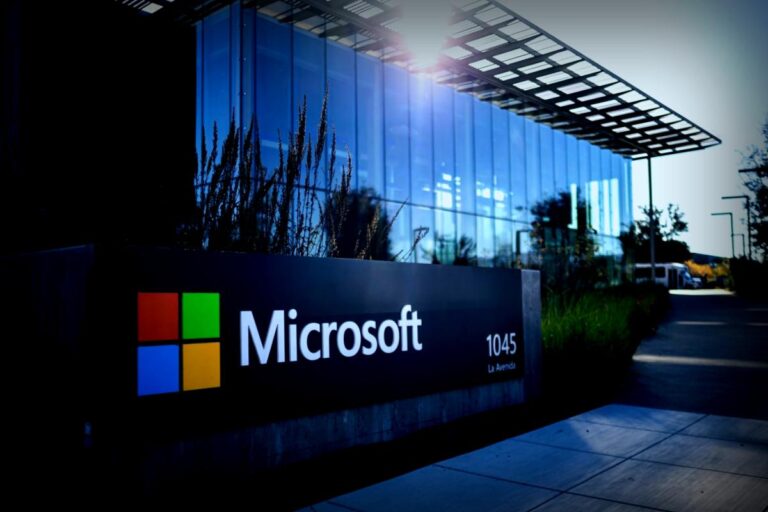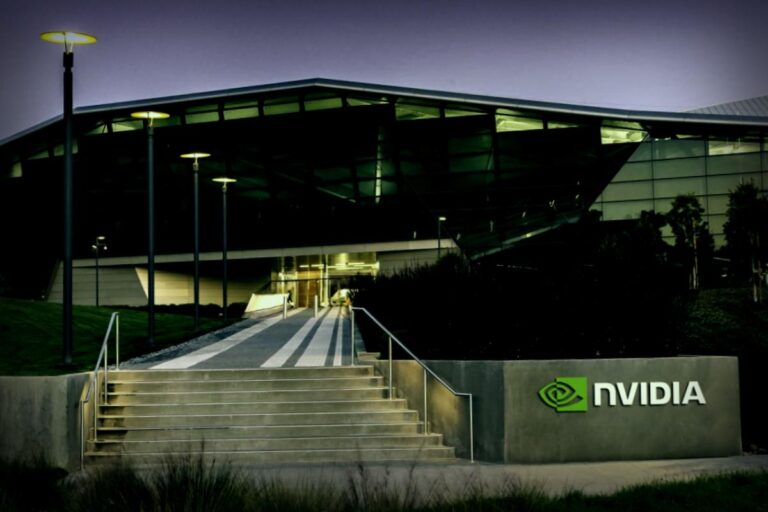What’s Happening?
OpenAI has jumped into partnerships with Nvidia, Broadcom, and AMD to use their chips starting next year. The team behind ChatGPT requires a ton of computational power to scale up its infrastructure successfully.
AI Spending on the Rise
Recently, there’s been a flurry of activity among big players in the artificial intelligence sector. During Nvidia’s earnings call back in August, the company’s CEO, Jensen Huang, hinted that spending on AI infrastructure could soar to $4 trillion by 2030. This statistic paints a picture of booming demand for compute capacity, hinting at a significant spike in orders for AI chips moving forward. This raises a flag for chip designers like Nvidia, Broadcom, and AMD, whose deals with OpenAI are becoming increasingly relevant.
Meet the Chip Makers
Now a bit about these companies: Nvidia was the pioneer in the graphics processing unit (GPU) market and remains a dominant force with its cutting-edge AI chips. AMD joined the race a bit later but has come up with innovative options that some analysts say can compete closely with Nvidia. On the other hand, Broadcom shines in networking and creates its specially designed chips, known as XPUs.
Each of these three companies has reported impressive double-digit growth in AI revenue over the last few quarters, indicating steady demand.
Breaking Down the Deals
Now, let’s delve into what each company will provide OpenAI:
Nvidia’s Commitment
Nvidia has made a remarkable promise to invest up to $100 billion in OpenAI as the teams work together to roll out 10 gigawatts of systems over the next few years. Deployment of these Nvidia systems is set to begin in the latter half of next year, powered by their new Vera Rubin system. Nvidia has positioned itself to continually support OpenAI too, which strengthens the lab’s ability to finance this colossal scale-up.
AMD’s Agreement
Similarly, just recently, AMD cut a deal with OpenAI to deliver six gigawatts of its chips, expected to get rolling indie soon next year. An eye-catching aspect of this agreement is a warrant for OpenAI to acquire up to 160 million shares—amounting to 10% of AMD—vesting as certain milestones are hit. This means OpenAI could earn a solid stake in AMD, making them invested in each other’s success.
Broadcom Joins the Fold
Lastly, OpenAI has collaborated with Broadcom to co-develop systems that will incorporate Broadcom’s networking solutions alongside their XPUs. The rollout for Broadcom will align similarly with the other partnerships, kicking off in the latter part of 2024.
The Takeaway: Who Benefits Most?
This hands-down presents major opportunities for all chipmakers involved, but who truly walks away with the most advantageous outcome? In my view, Nvidia likely scores the most favorable arrangement:
Donation of $100 billion understandably places Nvidia in a strong position; fostering the need for its GPUs through this pricey investment ensures that it plays a significant role in OpenAI’s growth. Plus, with more than $56 billion in cash already on the books, Nvidia is well-equipped to maintain firm investments over an extended period, potentially pushing stock prices upwards.
As all these components come together, expect Nvidia to continue experiencing revenue growth and capital expansion during this exciting time in AI’s evolution.





















